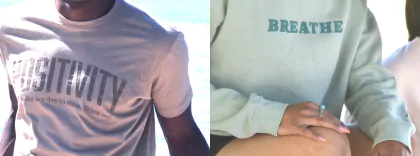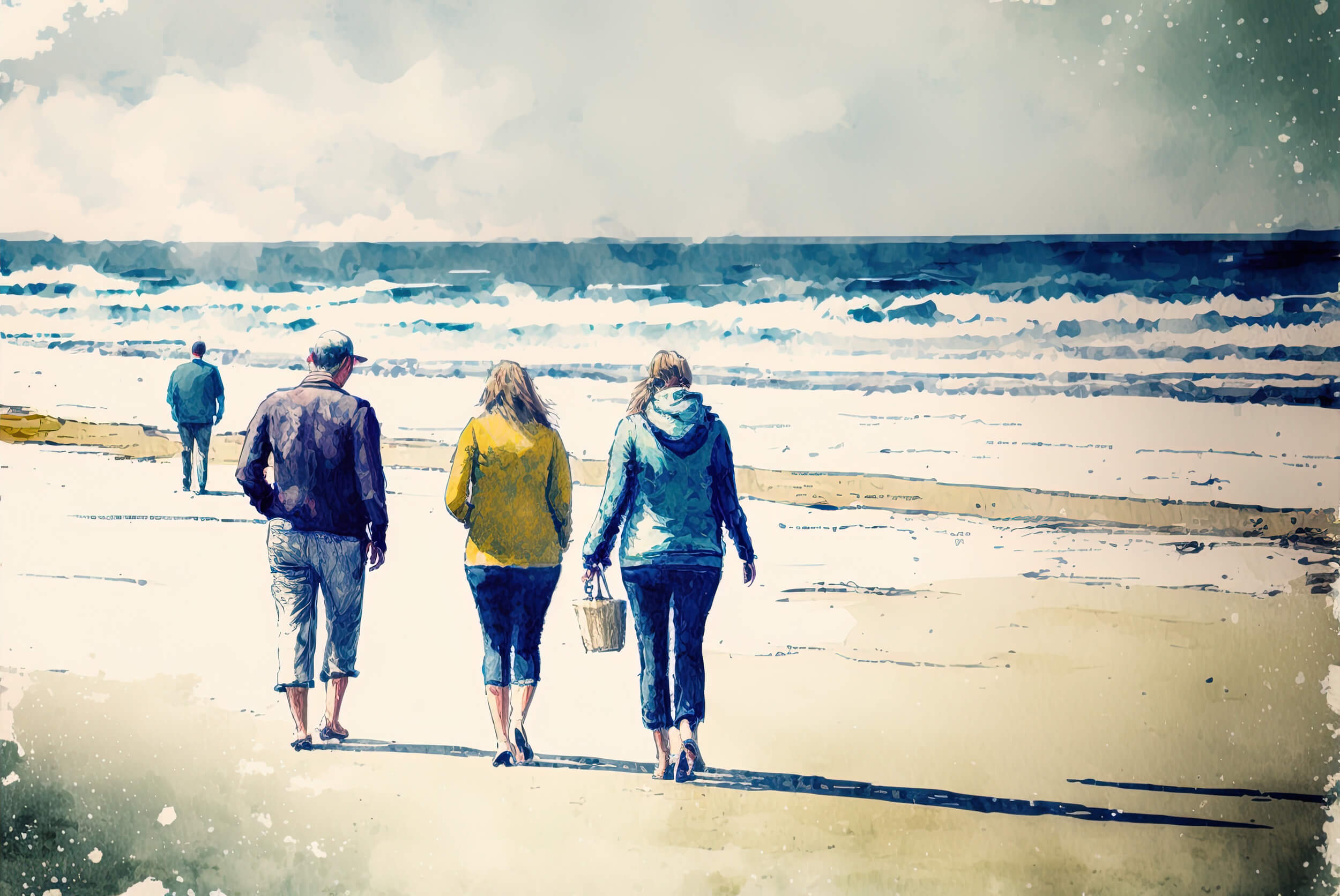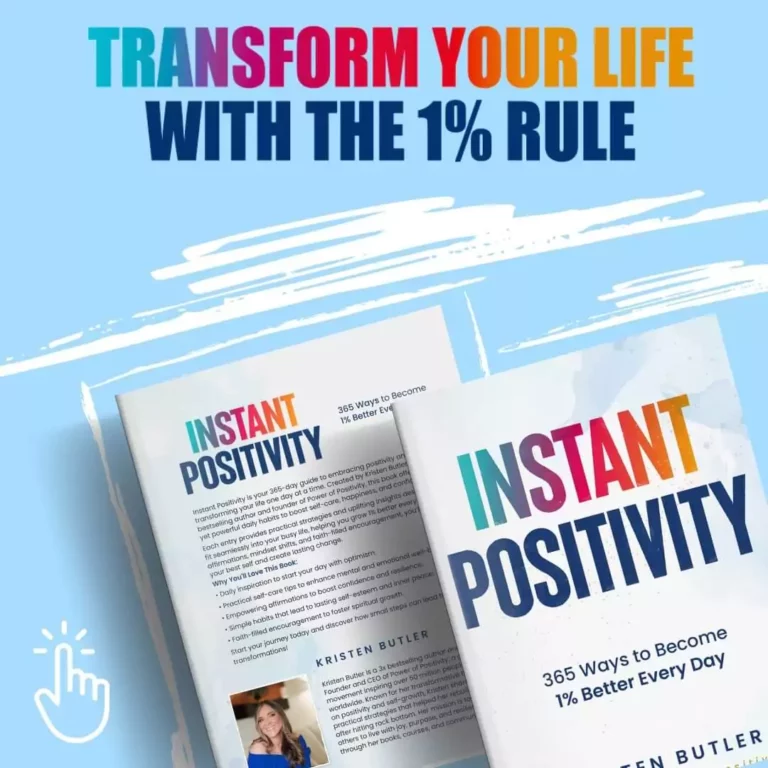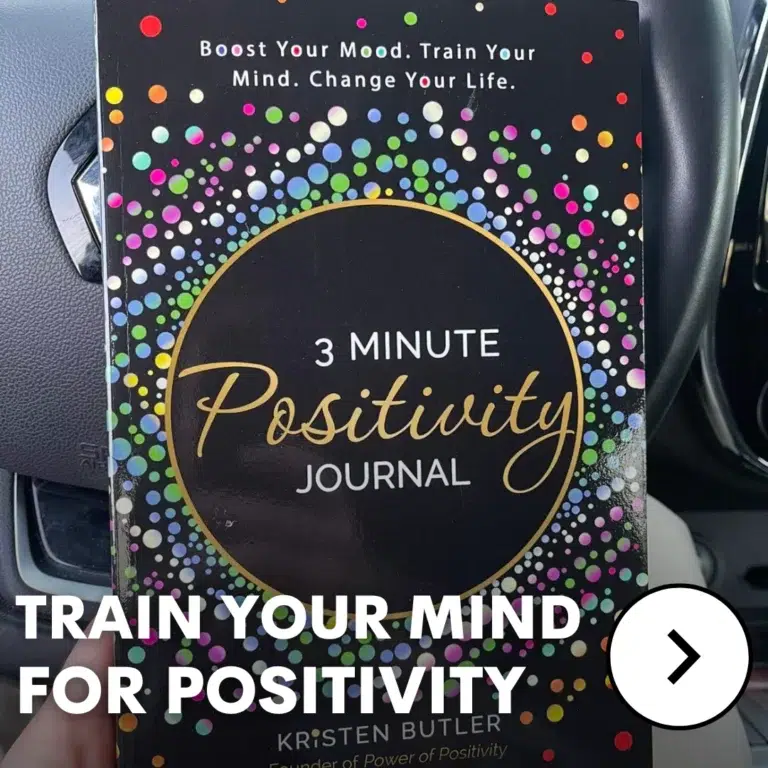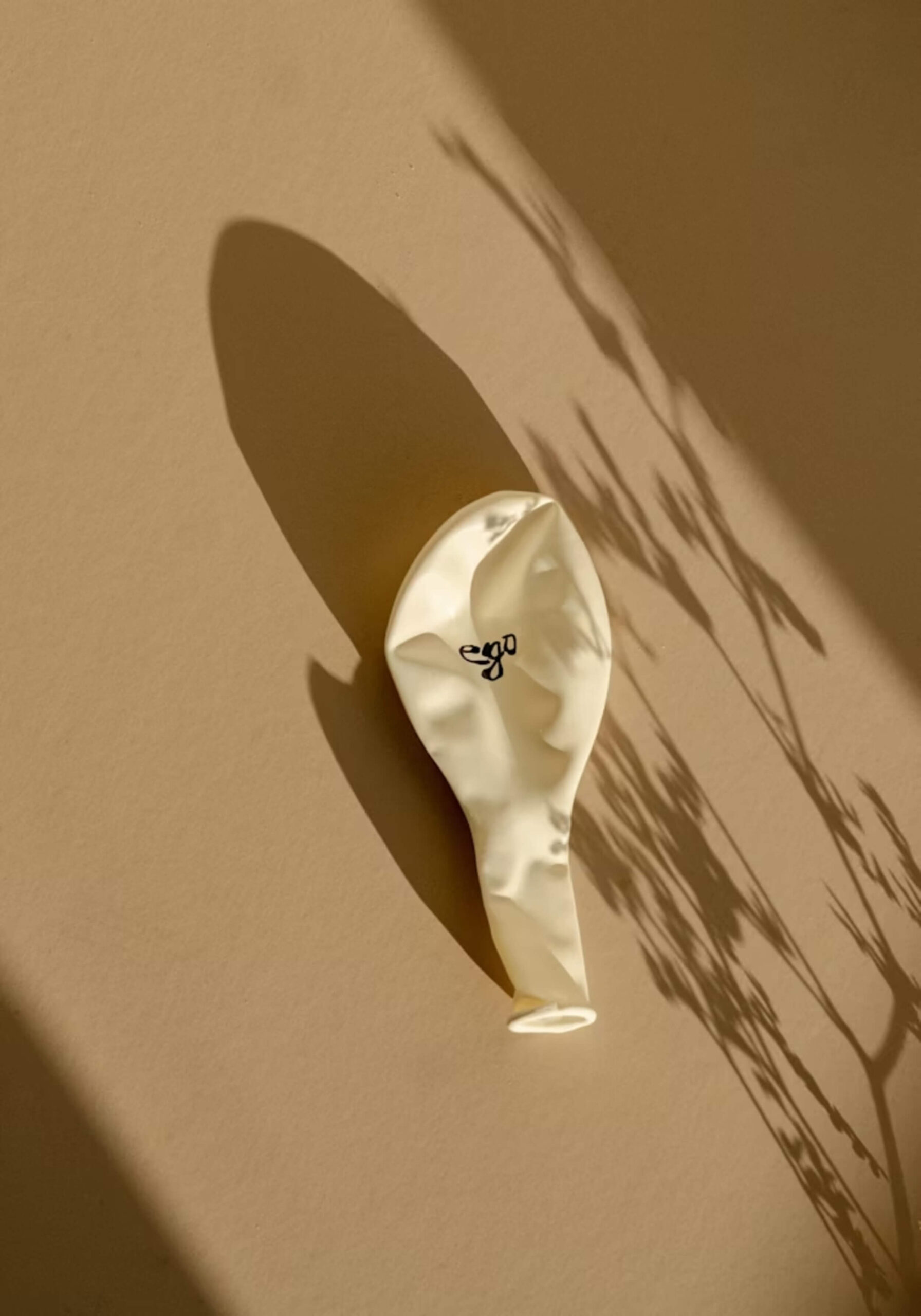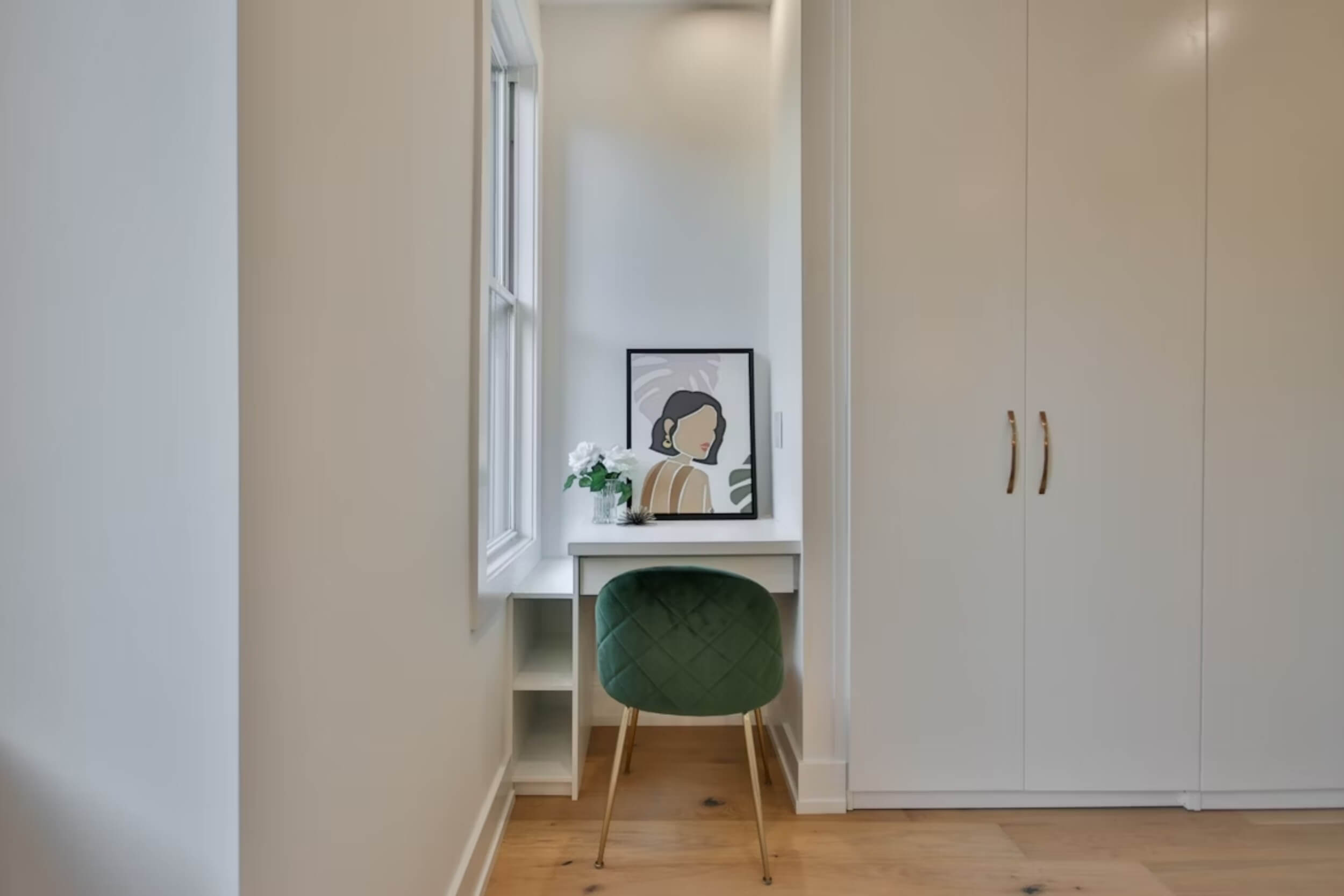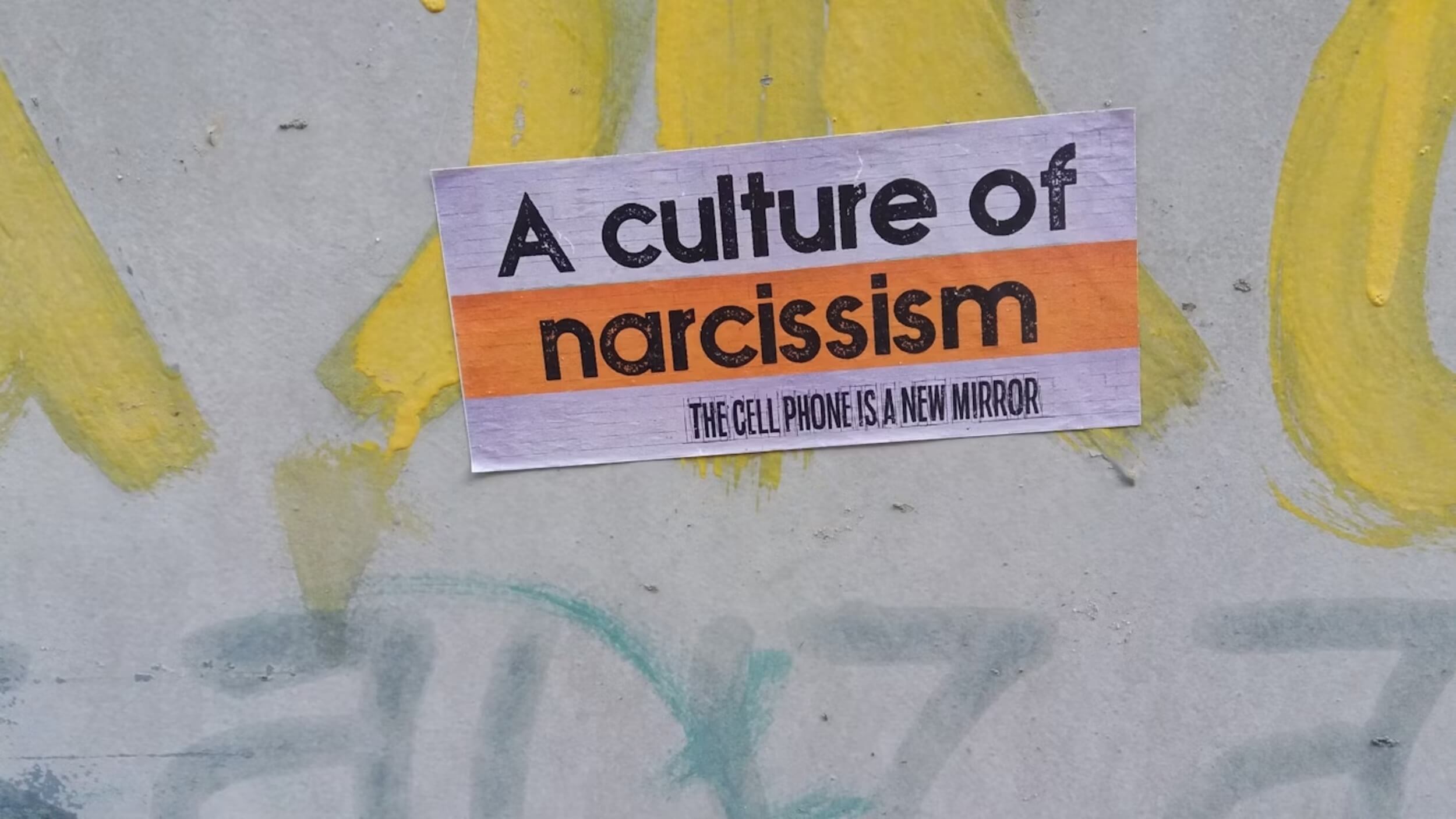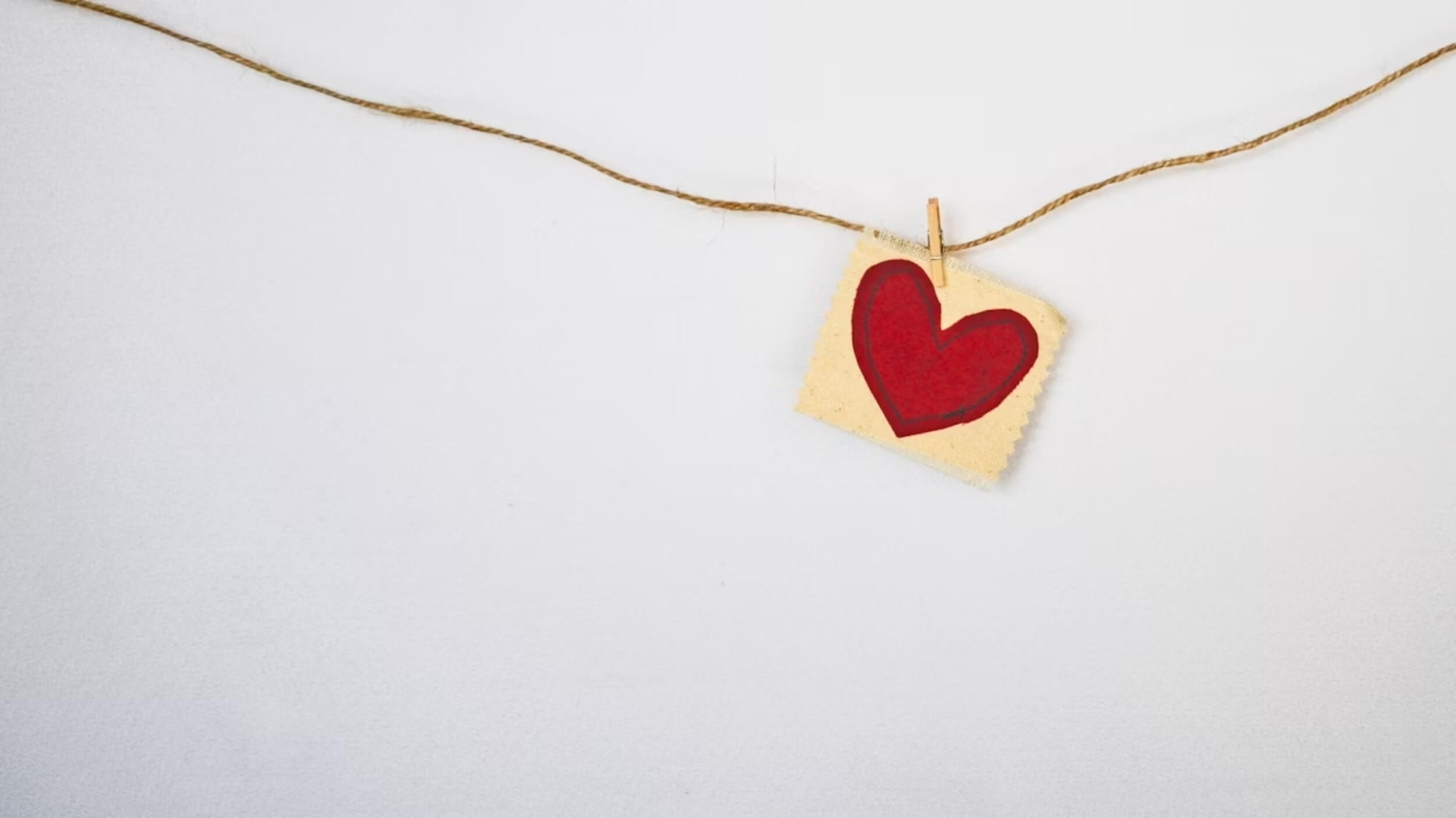Hard days show up without warning — stressful jobs, bad news, or just feeling off for no clear reason. In those moments, having someone who listens without judging can feel like a lifeline.
A Friendship That Heals isn’t about giving advice or cheering you up. It’s about sitting with someone in their quiet moments, staying when things feel messy, and showing up when words fall short.
Life gets heavy for everyone at some point. But one steady friend — someone who doesn’t try to fix you, just hears you — can make that weight easier to carry.
Safety in a friendship builds trust, and trust helps people breathe easier. When that happens, healing has room to begin. Not through big actions, but through simple presence and real care.
The Healing Power of Just Being There
Words don’t always fix things — but being present can. Some of the most powerful friendships aren’t about long talks or perfect advice. They’re built on quiet support, steady presence, and trust that doesn’t need to be earned.
A Friendship That Heals doesn’t need big gestures. Just knowing someone is there — really there — can lower stress, ease anxiety, and bring a sense of calm.
Here’s what simple presence can do:
- It gives the mind space to breathe
- It helps the body relax and feel safe
- It reminds someone they don’t have to go through things alone
Healing doesn’t happen all at once. But one calm friend who listens, shows up, and stays through the hard moments can make the biggest difference. That’s the quiet power behind a Friendship That Heals — showing up when it counts, even without the right words. And sometimes, that’s exactly what someone needs.
Signs You’re Already a Safe Place for Someone
You might not even realize it, but you could already be the person someone turns to when life gets hard. The signs aren’t always loud — they’re often small moments that show deep trust.
Here are habits that mean you’re a Friendship That Heals in action:
- People reach out to you during tough or confusing times
- You hear things like, “I don’t usually talk about this with anyone…”
- Silence doesn’t bother you — you don’t rush to fill it or push them to explain
- Even when others pull away for a bit, you stay consistent and kind
Being a safe place doesn’t mean having all the answers. It means you create space where others feel accepted as they are. These little behaviors say, “You’re safe here.” And for someone who’s hurting, that’s everything.
What Makes a Friend Feel Emotionally Safe?
Not every friendship feels safe — and that’s okay. But when you’re the kind of friend who makes someone feel like they can breathe again, that’s when true healing begins.
Here are the behaviors that build emotional safety in a Friendship That Heals:
You Don’t Judge Their Mess
Everyone has hard moments, but not everyone feels safe enough to show them. When you listen without judging or trying to fix, you give them permission to just be real.
You Respect Their Boundaries
You don’t force conversations or demand updates. Instead, you let people come to you when they’re ready — and that makes them feel free, not pressured.
You Let Silence Exist
Some moments don’t need words. You’re okay with the quiet. You know healing doesn’t always need to be loud — just steady and kind.
A Friendship That Heals isn’t about doing more. It’s about creating a soft place to land — where someone feels safe being exactly who they are, no matter what they’re going through.
Things That Break Safety (Even If You Mean Well)
Even the kindest intentions can sometimes cause distance. What feels helpful to you might feel heavy to someone else — especially when they’re already struggling.
Here are a few habits that can quietly push people away, even in a Friendship That Heals:
Giving Unsolicited Advice
Jumping into “fix-it” mode might seem helpful, but it can make someone feel like their pain is a problem to solve. Often, they just want to be heard.
Centering the Conversation on Yourself
It’s natural to relate — but saying, “That happened to me too,” too quickly can shift the focus. Let their story be theirs.
Pushing Them to Talk Before They’re Ready
Even soft questions like “What’s wrong?” can feel overwhelming. Let them open up when they feel safe — not rushed.
A Friendship That Heals is built on patience, not pressure. Listening without trying to steer the moment gives someone space to feel what they need to feel — without fear.
How to Build That Kind of Trust, Step by Step
Trust doesn’t show up all at once — it’s built in small, steady moments. You don’t need to say the perfect thing. What matters more is how you show up, how you stay, and how you make someone feel safe enough to share.
Here’s how to build a Friendship That Heals, one step at a time:
- Be consistent, not dramatic – It’s the regular check-ins and quiet loyalty that count most
- Let them share at their pace – Ask open questions, but don’t dig for answers they’re not ready to give
- Use soft questions – Try, “Do you want to talk or just hang out?”
- Celebrate their wins, too – Safe friends are there during good news, not just hard times
- Keep their confidence – Trust breaks fast when private things are shared without permission
A healing friendship isn’t a performance. It’s simple, honest care repeated over time — and that’s what makes someone feel safe to stay close.
The Role of Nonverbal Support
Not everything needs to be said out loud. In fact, some of the most healing moments in a Friendship That Heals happen in complete silence. People don’t always know how to talk about what they’re going through — and that’s where quiet support matters most.
These small, wordless actions speak volumes:
- A calm look that says “I’m here”
- Sitting together without needing to talk
- Staying nearby during a hard moment, even without knowing the full story
You don’t have to say much to make someone feel safe. Just being there, without pressure or expectations, gives them space to breathe. When someone feels accepted without having to explain, they start to feel less alone — and that’s when real healing begins.
How to Handle Emotional Weight Without Carrying It All
Caring deeply can feel heavy, especially when you’re the person others rely on. But a Friendship That Heals isn’t about taking on someone else’s pain — it’s about being steady without losing yourself.
You Can Be Present Without Absorbing
It’s okay to listen without taking everything on. You can care fully while still protecting your own emotional energy.
Set Gentle Limits When Needed
When things feel like too much, honesty helps. Try, “I really want to be here for you, but I might need a little space today. Can we check in tomorrow?” That keeps the friendship honest and healthy.
Remind Yourself You’re Not the Healer
You’re there to support, not to fix. Their growth isn’t your job — your job is just to care without burning out.
Keeping these boundaries allows you to keep showing up with love — without feeling like you’re drowning in someone else’s pain.
When the Roles Reverse — Letting Yourself Be Held Too
Strong friends often forget they’re allowed to fall apart sometimes. Being the one others lean on doesn’t mean you have to stay strong all the time.
In a Friendship That Heals, both people matter — not just the one going through a hard time. Letting someone show up for you deepens the trust, builds real connection, and reminds you that support goes both ways.
Opening up doesn’t make you weak. It makes the friendship real. When you allow others to hold space for your pain too, you create a safe cycle of care — where no one has to carry things alone.
Even strong people need soft places to land.
The Difference Between a Safe Place and a Savior Complex
There’s a big difference between being a safe friend and trying to save someone. A Friendship That Heals creates space — it doesn’t try to control the outcome.
Here’s how to tell the difference:
- A safe place empowers the other person — a savior takes over
- A safe friend listens and respects space — a savior tries to manage every detail
- Healing comes from feeling seen — not from being “fixed”
Trying to carry someone completely can keep both of you stuck. The goal isn’t to rescue — it’s to be real, present, and supportive in a way that helps both of you grow.
Let care lead — not control. That’s what makes the friendship truly healing.
Final Thoughts on Being the Friend They Can Breathe Around
You don’t have to say all the right things to make a difference. You don’t need special training or expert advice. What matters most is how you make someone feel when they’re with you — safe, heard, and never rushed.
A Friendship That Heals isn’t built on big talks or deep wisdom. It’s built on small, steady choices: listening more than speaking, showing up without needing applause, and holding space without judgment.
Healing doesn’t come from pressure. It comes from presence. When someone knows they can be fully themselves around you, they breathe easier — and that alone can start to ease the pain.
Being a safe place isn’t always noticed. But it’s always felt.
